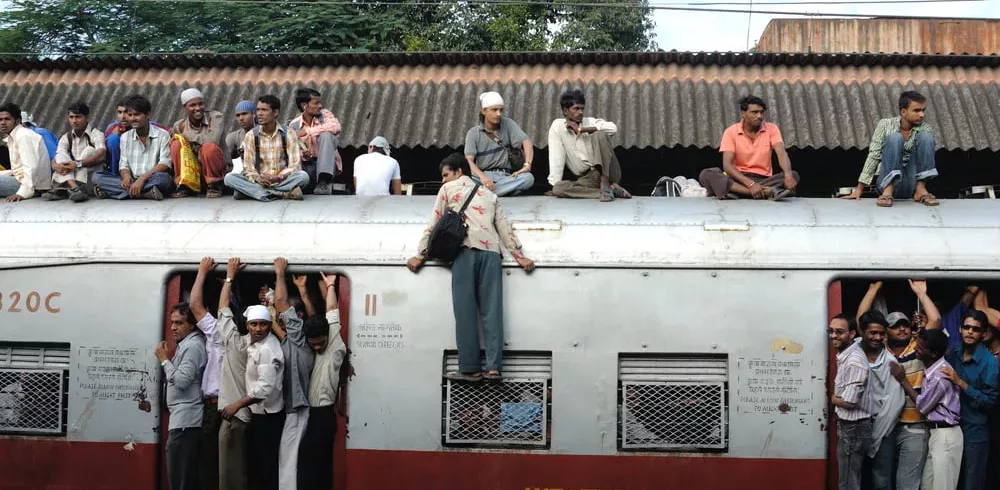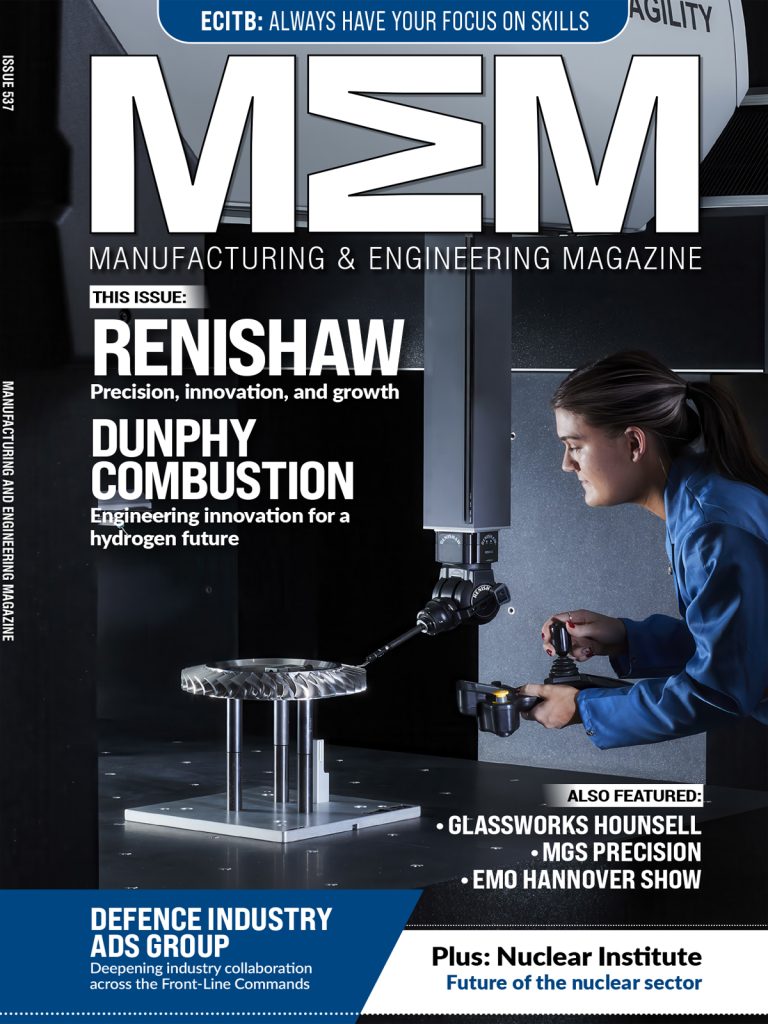Investing In India: Knorr-Bremse Increases R&D Capacity
- Knorr-Bremse expands Technology Center India (TCI) in Pune and strengthens activity in India’s mobility market
- Multi-million-euro investment in new building complex hosting R&D and technical support facilities for Rail and Commercial Vehicle Systems divisions
- Inauguration ceremony attended by business partners, employees and senior management from Knorr-Bremse Group
Knorr-Bremse is expanding its capacity in India, covering both rail and commercial vehicle sectors. Last week, a new building complex was officially inaugurated at the cross-divisional TCI development center in Pune, where some 1,300 experts will work on developing innovative transportation technologies. Key areas include mechanical engineering, hardware and software, IT and simulations.
The Knorr-Bremse Technology Center India (TCI) provides a broad range of R&D, engineering and IT services to Knorr-Bremse Group sites worldwide, making it one of the Group’s key innovation hubs. The latest building project, representing an investment in the upper single-digit million-euro range, is also intended to further strengthen Knorr-Bremse’s position in the Indian marketplace.
Marc Llistosella, CEO of Knorr-Bremse AG, emphasizes that: “The expansion of our Technology Center India is a very important investment for Knorr-Bremse. We want to drive growth through our Rail and Truck divisions – both in India, as an emerging mobility market, and in other key markets. As a global development center, the expanded TCI will play a central role in enhancing our business and creating pioneering transportation technologies.”
Arun Bhat, Managing Director of TCI, adds that: “The new building will enhance our R&D capacity in terms of both workforce and project volume. Our investment underscores India’s importance as a promising market and a highly attractive engineering and development hub. This will enable us to satisfy complex customer needs and manage the anticipated market growth in India and worldwide.”
Investing In India: Knorr-Bremse Increases R&D Capacity : Additional capacity for research, development and IT
The extended complex is located near the existing TCI development center, which was founded in 2012 and employs more than 800 people in the heart of Pune’s modern Hinjewadi suburb. Thanks to intensive planning and rapid implementation, the new construction project – launched in May 2023 – was completed in a matter of months. In the future, some 1,300 experts will work here on product development, engineering, hardware and software, IT, simulations and virtual testing. They will play an important role in driving forward the Group’s core innovation and development activities in key areas such as next-generation train and truck braking systems.
Investing In India: Knorr-Bremse Increases R&D Capacity : Sustainable building design
The new complex conforms to Green Building standards, and its energy-saving design will contribute to the site’s climate neutrality – hence also to Knorr-Bremse’s Climate Strategy 2030. In line with the Paris Climate Accord, key strategic targets include reducing the Group’s production-related carbon emissions (Scopes 1 and 2) by 75% compared with baseline year
2018. Among other efficiency-enhancing measures, a large proportion of the new site’s energy requirements will be covered by solar power generated by roof-mounted panels.
Investing In India: Knorr-Bremse Increases R&D Capacity : A broad range of mobility products on road and rail
A presentation at the inaugural tech event covered numerous product innovations that, thanks to the global expertise of Knorr-Bremse’s engineers, will contribute to safe, efficient, eco-friendly travel on India’s roads and railroads.
The presentation featured Rail Vehicle Systems products such as AirSupply Smart, an intelligent, demand-driven – hence quieter and more energy-efficient – compressed-air supply for braking systems. Other products included the latest generation of CubeControl. The brake control system interconnects key braking system components even more intelligently. Its flexibility, ease of maintenance and scalable compatibility with all types of passenger trains around the world are helping to make rail mobility more efficient and available.
Commercial Vehicle Systems products featured in the presentation included the GSAT Global Scalable Air Treatment system, as well as the GSBC Global Scalable Brake Control ECU 2. GSAT is a modular compressed-air treatment system for commercial vehicle braking systems. It integrates multiple functions and is scalable to fit all types of commercial vehicles
worldwide. The GSBC electronic brake control system provides the basis for complex control of vehicle dynamics, as well as a wide range of driver assistance functions.
Captions:
As a high-performance engineering and IT center, TCI in Pune supports Knorr-Bremse Group sites worldwide belonging to both divisions. Certain projects run exclusively at TCI. | © Knorr-Bremse
TCI has been expanded to include new premises for the R&D unit so it can handle more projects – as well as larger and more complex ones – in response to the growth expected over the next few years. | © Knorr-Bremse
Knorr-Bremse (ISIN: DE000KBX1006, ticker symbol: KBX) is the global market leader for braking systems and a leading provider of other systems for rail and commercial vehicles. Knorr-Bremse’s products make a decisive contribution to greater safety and energy efficiency on rail tracks and roads around the world. Some 32,600 employees at over 100 sites in more than 30 countries use their competence and motivation to satisfy customers worldwide with products and services. In 2022, Knorr
Bremse’s two divisions together generated global revenues of EUR 7.1 billion. For more than 115 years, the company has been the industry innovator, driving developments in mobility and transportation technologies with an edge in connected system solutions. Knorr-Bremse is one of Germany’s most successful industrial companies and profits from the key global megatrends: Urbanization, Sustainability, Digitalization and Mobility.
Manufacturing & Engineering Magazine | The Home of Manufacturing Industry News









